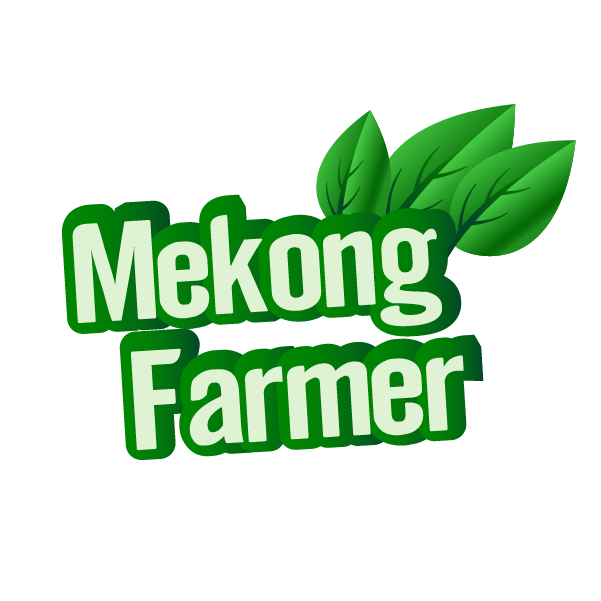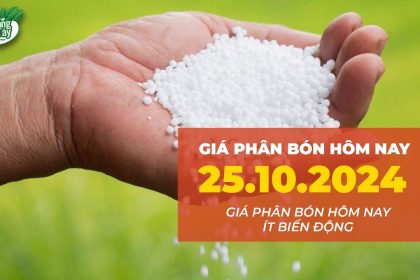fertilizer prices today, March 3, 2022: Fertilizer prices increased again from 15,000 – 30,000 VND/bag. Russia – Ukraine tensions have a strong impact on the Fertilizer market. US and Western sanctions targeting Russia and Belarus are pushing up prices of many items in the agricultural supply chain, especially fertilizers. The sharp increase in natural gas prices has forced many fertilizer factories to close. The expansion of crop cultivation areas is also the reason for the increase in fertilizer prices. Sanctions from the European Union against Belarus, a country that accounts for 20% of global MOP supply, have affected the total amount of potassium exported. Transportation costs, especially container shipping, have increased rapidly. The Covid-19 pandemic has disrupted production and supply in many countries, increasing many types of costs due to the application of epidemic prevention measures. Rising oil prices have led to an increase in the price of raw materials for fertilizer production, and rising fertilizer prices will affect supply and food prices. Russia and China, two countries that account for a large amount of fertilizer exports globally, have decided to restrict the export of chemical fertilizers to prevent shortages in the domestic market and lead to price increases. Specifically: China has controlled the export of 29 types of fertilizers from October 15, 2021, including Urea, DAP, MAP, NPK, NP/NPS, MOP, SOP, ammonium chloride and ammonium nitrate. It is not known when this order will be effective. On November 17, 2021, Russia restricted the export of nitrogen fertilizers and compound fertilizers containing nitrogen for six months in an effort to curb price increases amid rising gas prices. The expected export quota for nitrogen fertilizers is 5.9 million tons; The quota for nitrogen fertilizers is 5.35 million tons. The quota is expected to be applied from December 1, 2021 to May 31, 2022. Given the above fluctuations in fertilizer prices, ensuring supply and avoiding fertilizer shortages will play an important role. This is both an opportunity and a task for domestic fertilizer manufacturers. Domestic fertilizer factories have produced most of the main fertilizers such as urea, DAP, superphosphate, fused phosphate, ammonium nitrate, NPK, while SA and potassium fertilizers depend entirely on imports. In 2021, domestic production including urea from 4 factories, DAP from 2 factories, phosphate fertilizers (including fused phosphate, superphosphate), NPK fertilizers, etc. from hundreds of other factories reached about 7 million tons, up 6% over the same period. Faced with a sharp increase in agricultural supplies and a significant decrease in profits from cultivation, farmers are hoping that fertilizer prices will soon decrease sharply, creating conditions for farmers to reduce production costs and ensure income in the 2022 summer-autumn crop and subsequent crops. #fertilizer_price #farmers #western region #fertilizer_price #fertilizer_price #fertilizer #potassium_price #agriculture #fertilizer #agricultural materials
source




